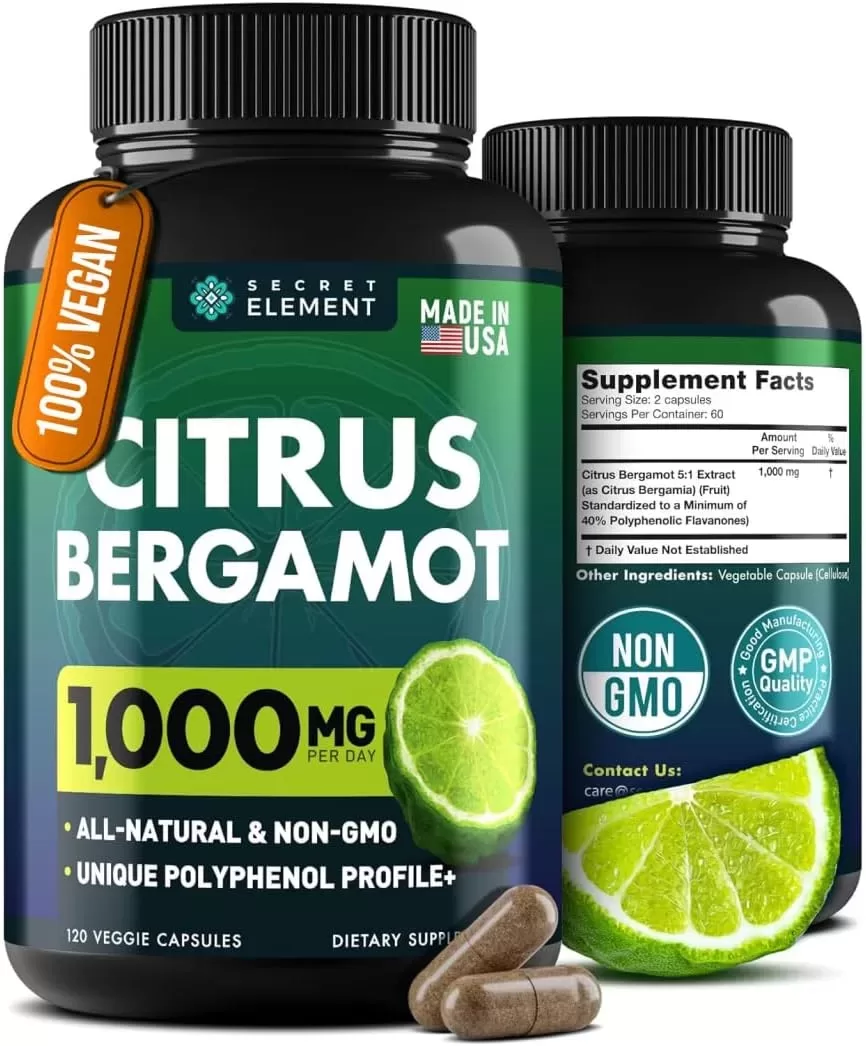It can be hard for people with gluten intolerance to diversify their meals. While vermicelli noodles are a great choice, are they gluten-free?
Not all vermicelli noodles are gluten-free, as there are those that are made with wheat. But vermicelli noodles made with rice, beans, peas, or root starches are gluten-free and are safe to eat for people with Celiac disease or non-celiac gluten intolerance.
What are the different types of vermicelli noodles that exist and which among them are gluten-free? Find out the answers below!
What is Vermicelli Made of?
Vermicelli is both pasta and noodle. As pasta, it originates in Italy. As noodles, it is thought to have started in China according to our research.
Discover what sets vermicelli apart from other dishes! If you’re curious, explore my guide and prepare to be amazed by the incredible secrets and unique qualities of vermicelli!
In general, there are two types of vermicelli: Italian vermicelli and Asian vermicelli.
Italian vermicelli or vermicelli pasta is made with semolina flour from durum wheat. Most Italian dry pasta is added with water while freshly made and cooked pasta is made with egg to help hold the mixture together (source: Delighted Cooking).
Asian vermicelli can be made with different base ingredients. These can be rice, bean, other starches, and wheat. Vermicelli made with rice, bean, or starches are great choices for gluten-intolerant individuals.
In the next section, we’ll discuss the varieties of gluten-free vermicelli noodles that exist in different parts of Asia.
Types of Vermicelli and Whether They’re Gluten Free
As mentioned above, vermicelli in Asia is mostly gluten-free because they are made with rice, beans, or starches, particularly root starches. The most widespread of these starches are rice, mung bean, sweet potato, and pea (source: Vermifood).
1. Vietnamese Vermicelli
Because rice is abundant in Vietnam, the Vietnamese use rice in their noodles and wrappers such as rice paper wrappers (source: Washington Post).
However, another type of vermicelli also exists in Vietnam called mung bean threads, which is also known as glass noodles/cellophane noodles. These noodles are also popular in Korea and Japan.
Vietnamese vermicelli noodles are gluten-free and fat-free which makes it a great choice for people with gluten intolerance, and those that are on or want to try a low-fat or no-fat diet.
Vietnamese food is also considered healthy because most of the dishes contain vitamins, minerals, and protein from vegetables and meat or other protein sources (source: Vermifood).
2. Thai Vermicelli
Thai vermicelli can be made with different base ingredients. There are varieties made with rice and wheat.
The vermicelli noodles used in Pad Thai can be rice noodles or wheat noodles (source: Kitchen Guides). Because of this, make it a habit to ask what the noodles are made of whether you’re in a restaurant or at the grocery.
3. Indian Vermicelli
In Indian cuisine, a popular drink/dessert called Falooda Sev is made with vermicelli. The vermicelli used is in turn made with cornstarch, chickpea flour paste, sago, or maida which comes from wheat (sources: Greatist, The Many Reflections of the Noodle–Madison Rousseau, Journal 3, Tarla Dalal, )
Among these, the only Indian vermicelli allowed for gluten-intolerant individuals is those made with cornstarch, sago, and chickpea flour. In the same way, always ask what vermicelli you’re ordering or buying is made with.
4. Singaporean Vermicelli
In Singapore, vermicelli is not the first choice when it comes to noodle dishes where wheat noodles or flat rice noodles are preferred (source: Sheere Ng). However, it is also said that Singaporean vermicelli is just rice vermicelli flavored with curry (source: Saveur).
It should also be noted that Singaporean vermicelli or Singaporean noodles don’t seem to originally come from Singapore but from Hong Kong.
Singaporean noodles are delicious and the addition of other ingredients makes them even more delectable. However, we still recommend asking what the noodles are made of because there seem to be no clear answers about their base ingredient.
5. Lebanese Vermicelli
A very popular dish in Lebanon and the Middle East is Lebanese Rice with Vermicelli. And based on our research, the vermicelli used here, is most of the time, vermicelli pasta made with durum wheat. This makes it not a gluten-free friendly option.
However, it’s a good thing that the dish can be substituted with rice vermicelli instead. This would make the dish safe to eat if you have Celiac disease or non-celiac gluten intolerance.
Is Rice Vermicelli Gluten Free?
Rice vermicelli is gluten-free because it’s made with rice which is free from gluten. Rice vermicelli is a good, if not a great option for people with Celiac disease or non-celiac gluten intolerance because plain rice can sometimes be boring.
Have you ever wondered if rice vermicelli noodles are good or bad for your health? Check out this article to discover the truth behind rice vermicelli noodles’ impact on your health.
If you are looking for some good quality gluten-free rice vermicelli, here are some you’ll want to check out:
Tanisa Organic Rice Vermicelli Noodles
CAF Premium Vermicelli Noodles
Lyan Mekong River Thin Rice Vermicelli
A Taste of Thai Vermicelli Rice Noodles
An easy way to tell Italian vermicelli and gluten-free Asian vermicelli apart is their color. Italian vermicelli is yellow while gluten-free Asian vermicelli is white or transparent.
Asian vermicelli goes great with any regional cuisine or dish, plus they’re gluten-free and healthy. You’ll be looking forward to your meals!

![Are Vermicelli Noodles Gluten Free? [What to Look For] A plate of Pad Thai featuring vermicelli noodles, garnished with shrimp, bean sprouts, chopped peanuts, and lime. White chopsticks rest on the edge of the square plate, offering a delightful gluten-free option.](https://cuisineseeker.com/wp-content/uploads/2023/01/pad_thai-768x512.jpg)













Comments are closed.